July 2, 2025
When Black Holes Collide
Astrophysicist Zoltan Haiman joins ISTA after 23 years at Columbia University
The senior astrophysicist and black hole specialist Zoltan Haiman joins the Institute of Science and Technology Austria (ISTA) as its fifth astronomy faculty member. After over two decades at Columbia University, where he held two simultaneous full professorships in the astronomy and physics departments, Zoltan Haiman chose ISTA to embark on a new chapter in his illustrious career. His expertise will help consolidate one of the young Institute’s most recently established research areas.
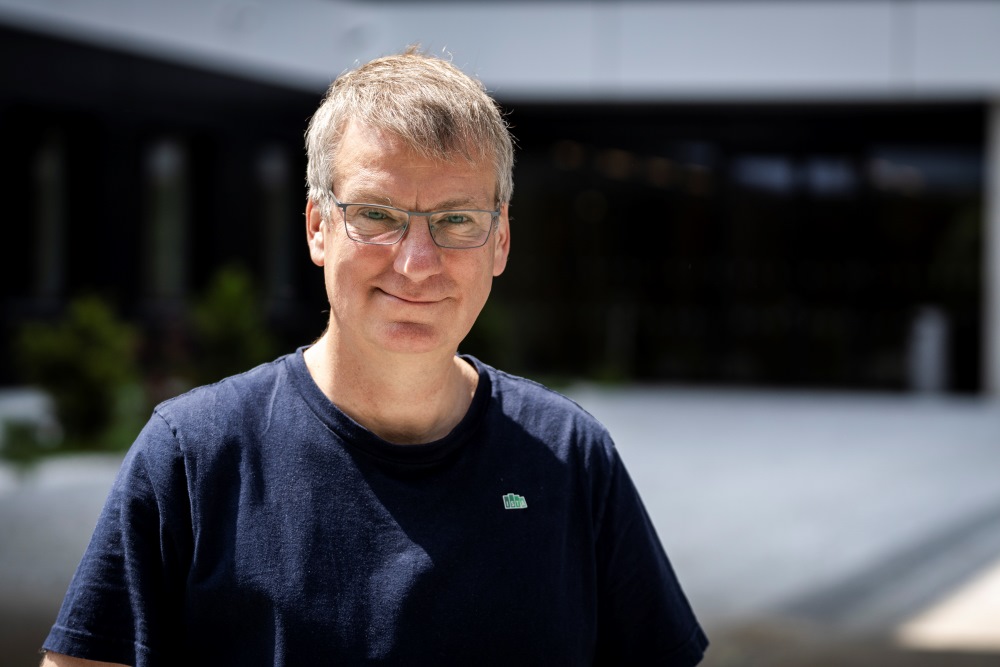
Many on campus have noticed Zoltan Haiman’s presence over the past months, and some did not miss the chance to exchange ideas with him. While his appointment as a senior faculty member at the Institute of Science and Technology Austria (ISTA) has become effective this July, Haiman has been a visiting professor at ISTA since January. His path to ISTA has led him through some of the USA’s and UK’s most renowned universities and research institutions: MIT, Harvard, Cambridge (UK), Princeton, and lastly, Columbia.
At the center of his interest are the curious cosmic objects found in the center of galaxies: black holes. He is particularly interested in what happens to black holes when galaxies collide. “It is now well established that a large black hole sits in the center of almost every galaxy. In addition, we know that galaxies were built over cosmic history by colliding and merging. It follows that a newly formed merger-remnant galaxy will initially have two nuclear black holes,” Haiman explains. Thus, he and his group aim to understand the precise mechanism that could lead to black holes colliding and merging.
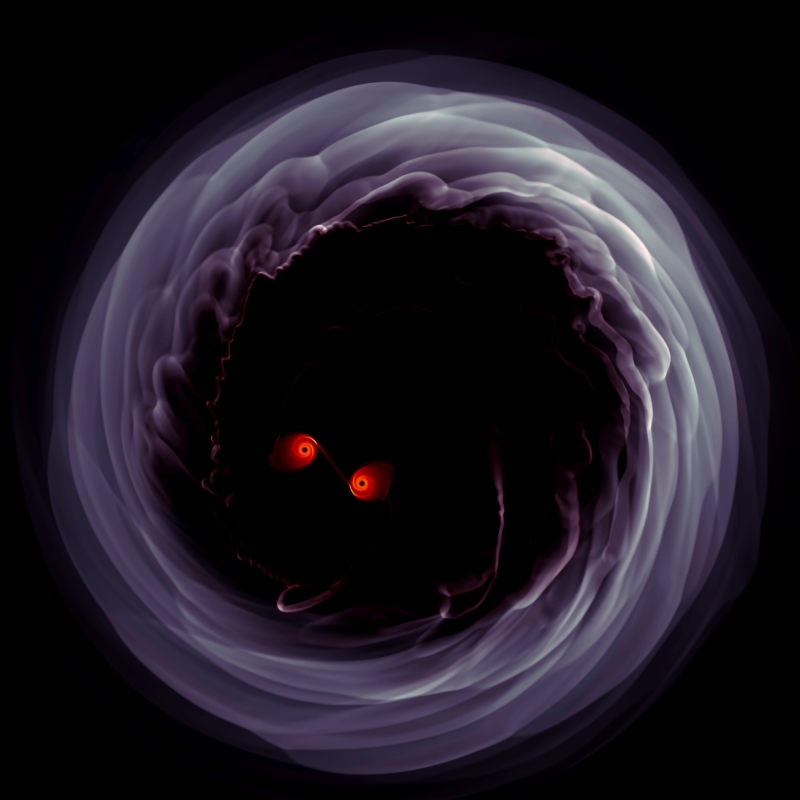
A dark cosmic dance
Haiman and his group hypothesize that black holes must get sufficiently close to ‘feel’ each other’s gravitational pull and eventually start orbiting each other, forming a binary system. The following logical step in this dark cosmic dance is that the binary black holes merge into a single, bigger black hole. However, Haiman and his group want to know if this happens at all, and if so, how exactly. “Such knowledge would allow us to better explain the growing black holes we see in the centers of galaxies.” All these aspects about the possible collisions between black holes are yet unknown. The Haiman group will study the radiation they emit and the ripples in space, called gravitational waves, they generate during this process. “We also hope to use computer simulations to identify such binary black holes in large forthcoming astronomical surveys of the sky.”
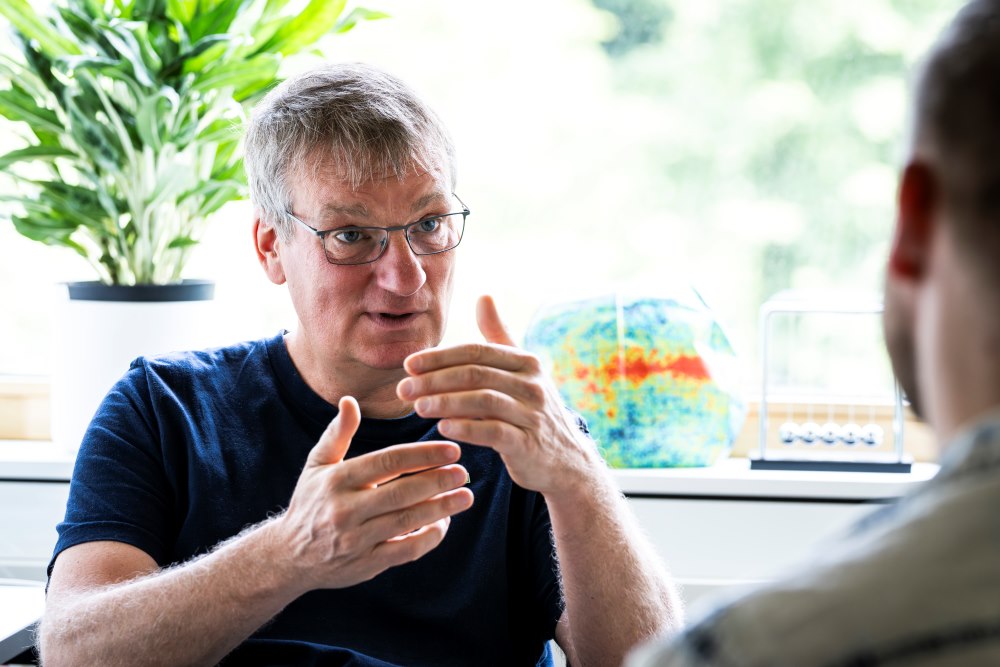
An ERC Advanced Grant and a new satellite
Haiman had a strong kick-start in June by securing an Advanced Grant from the European Research Council, the European Commission’s prestigious research funding body. This grant, totaling 2.6 million euros over five years, will bring his group closer to answering their research questions. Using theoretical modeling and advanced computer simulations, his team at ISTA will predict the signals that binary black hole systems emit throughout the process of their merger. This will help to identify them in the deluge of data expected from large astronomical surveys.
In addition, this generous grant will aid in interpreting data from future gravitational wave detectors such as the Laser Interferometer Space Antenna (LISA), a space-based gravitational wave observatory led by the European Space Agency in collaboration with NASA and an international consortium of scientists. Earlier this year, Haiman was appointed Complementary Scientist in the LISA Science Team. As part of this appointment, his independent advice will broaden the team’s scientific expertise and help the mission achieve its goals. “LISA will be a constellation of three satellites very different from any telescope, even those in space, as it is sensitive only to the ripples traveling through space-time. My research has highlighted that when the same objects, primarily black hole binaries, producing such gravitational waves are also detected by traditional telescopes, this complementary knowledge can lead to amazing discoveries and understanding of both these sources and the universe more broadly. My role on the LISA Science Team will be to help facilitate these joint discoveries.” The launch of LISA’s three spacecraft is planned for 2035.
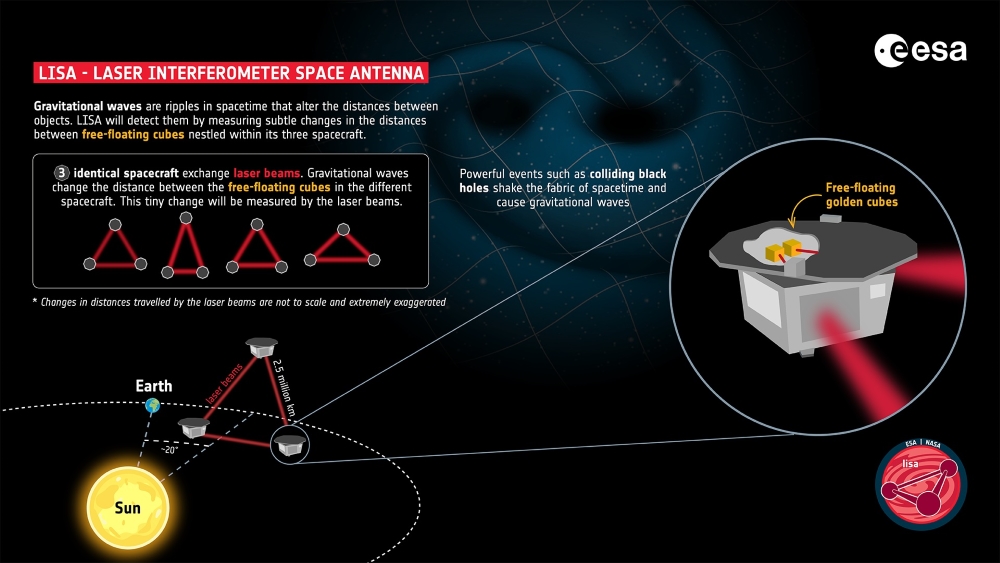

Helping make ISTA a world leader in astronomy
In addition to his various research endeavors, the first senior faculty member in astronomy at ISTA has ambitious plans for one of the most recently established research fields at the young Institute. “I hope to contribute to successfully building up astronomy as one of the exciting research fields in which ISTA will be regarded as a world leader,” he says. “I am lucky to have four amazing junior faculty members as colleagues. Sometimes, I like to pretend to be one of them, despite my birthday being ahead of theirs by a certain number of years!”
Now, Lisa Bugnet, Ilaria Caiazzo, Ylva Götberg, Jorryt Matthee, and Haiman form a five-person team of astronomy faculty members at ISTA. Together, they have the unique chance of shaping their research area from scratch within the Institute’s highly diverse research environment. “Many factors distinguish ISTA. Beyond the resources it provides, its environment is extremely supportive of research. The interdisciplinary vibe with close daily interactions across fields is highly stimulating,” says Haiman.
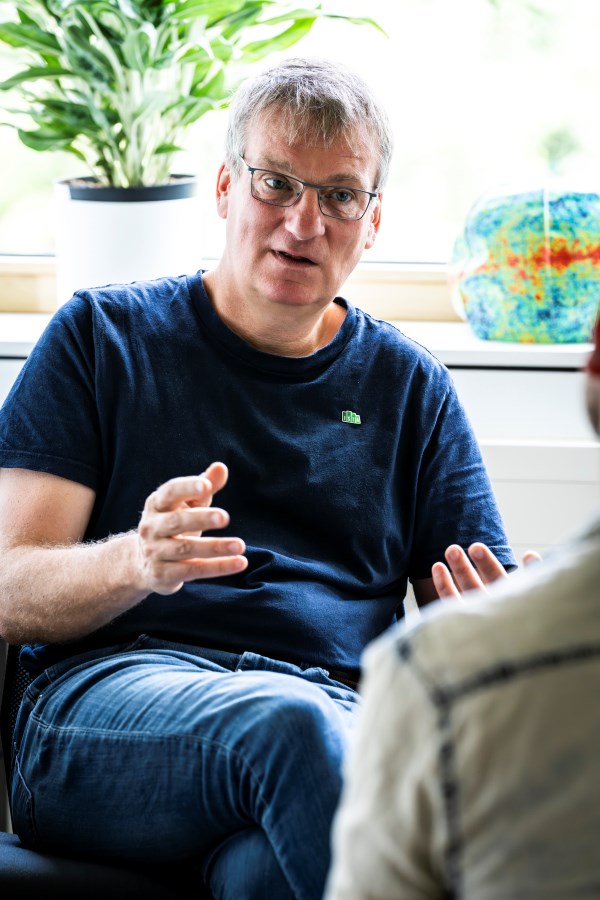
From Europe to the USA and back
Originally from Budapest, Hungary, the researcher’s path has led him through some of the USA’s most renowned universities and research institutions, including the past 23 years as a faculty member at Columbia University in New York. “If I go by the number of years lived in each country, I should be two-thirds American and one-third Hungarian,” says Haiman. He did his undergraduate studies at MIT, earned his PhD in astronomy from Harvard University in 1998 with a year spent at the University of Cambridge, UK, as an Isaac Newton Fellow, and did postdoctoral studies at Fermilab and Princeton University. He then joined the faculty of the Department of Astronomy at Columbia University in 2002, becoming a tenured professor in 2013. In 2022, he also became a professor at Columbia’s Department of Physics. “Moving to ISTA also allowed me to move back to Europe, which was certainly one of the factors that weighed in the balance.”
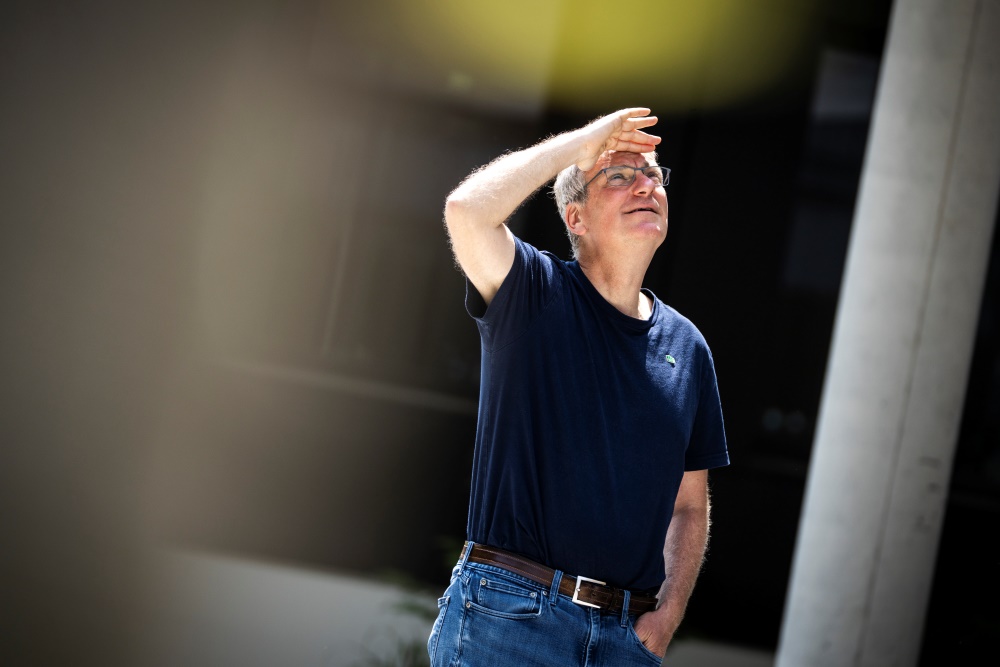
In his free time, Haiman enjoys long-distance running, cycling, hiking, walking around Vienna, and trying the local wines. “However, settling into a routine will take the best part of a year, so my free time will still be spent at places like IKEA for a while.”



